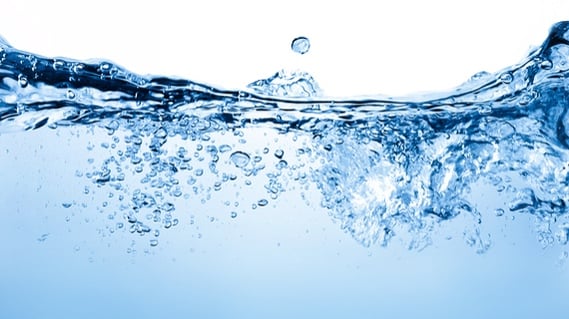
Many water systems have areas of risk where the set-up encourages legionella bacteria growth. One of the key components of this system is the water tank.
Good water tank maintenance is therefore essential to ensure legionella compliance on your premises.
Why is legionella compliance so important?
All organisations with premises in the UK have a responsibility to assess and control the risks of legionella and Legionnaires’ disease to their workers, residents and site visitors.
Unfortunately there are many recent examples of organisations that have failed in their legal legionella obligations. These cases resulted not only in serious impacts on people’s health, but also in heavy financial and legal consequences for the organisations concerned.
What can go wrong with the water tank?
While legionella bacteria is widespread in natural water sources (such as rivers and lakes), man-made water systems can often encourage growth to a dangerous level.
This is because of the higher temperatures (often reaching between 20° C and 45° C) and presence of nutrients (rust, sludge, scale, etc) that provide an optimum environment for the bacteria to thrive.
How to control the risk through good water tank maintenance
The traditional strategy for controlling the risk of legionella is through water temperature control. According to the HSE, legionella bacteria are dormant below 20° C and cannot survive above 60° C. Therefore your water system needs to be maintained accordingly, and regular checks need to be undertaken to ensure your cold water tanks store water below 20° C.
These checks can be conducted both at the source and at a selection of outlets. For example, you can run taps to ensure the required temperature is reached within one to two minutes.
Visual inspection of the tanks is also useful to verify any deterioration or damage that requires your attention.
Water tank repair or replacement
Your water tank needs to remain in optimal condition to ensure legionella compliance, so it is vital that you repair or replace it when needed.
While an organisation can undertake this internally, they often lack the knowledge, skills and resources to get the job done to the legally required level.
Any experienced water treatment company should have the expertise and training to do this for you easily – and with minimum disruption to your business. Services to reduce legionella risk may include things like cleaning and chlorination, repairs, replacement of the tank, and fitting of rodent screens and temperature gauges.
Choosing a water treatment company with experience in your industry will also help speed up the process, as they’ll be able to assess and correct any risks far faster based on their knowledge of similar systems.








